It is the evolution of machine-to-machine (M2M) technology and is the interconnection of devices and management platforms with multiple connecting technologies, including wireless communication, real-time analytics, machine learning, commodity sensors, and embedded systems. This means that the traditional fields of embedded systems, wireless sensor networks, control systems, automation (including home and building automation), and others all contribute to enabling the IoT.

IoT data originates remotely, often from equipment at the edge that emits analogue data in industries like energy, manufacturing and utilities. Outside the traditional data centre or cloud, the edge is in the field, on a plant floor, like an oil rig or copper mine – generating business, engineering and scientific insights. Today, IoT data is sent to a data centre or to the cloud for future processing or analysis. The data gets processed at the remote site yet has the ability to take instant action and affect immediate control of your “things.”
Data Centre Consulting Services provides the prerequisites of innovation via world-class data centre design services, ranging from initial consultation to modernization of existing facilities. Our team can add value to an existing modern data centre by augmenting operations; improving infrastructure by adding elements like computing, storage, database and network and implementing new age technology applications. This would help enterprises to drive down cost and enhance security and efficiency.

Netsavvy has expertise in Data Centre Consulting, Design and Construction and we can plan and build your data centre. Alternatively, we can also supply a pre-assembled compact data centre or extend your IT infrastructure with components and accessories, all on an individual basis, tailored to your exact requirements. Netsavvy can build your Data Centre with industries trusted computing brand equipment and Netsavvy can assume management of Data Centre infrastructure. For quick deployment or Disaster Recovery, Netsavvy is ready assist you with mobile/modular Data Centre Solutions that can be installed and made operational in very short time. Our primary associates in Hardware and Software while building a Data Centre are:
•Cisco Systems Networking and Hardware
•Schneider-Electric (Portable Modular Data Center)
•HP (Performance Optimized Datacenter)
•Huawei (Container Data Center Solution)
•IBM/Lenovo (Portable Modular Data Center)
Backup storage is primarily an additional storage device used for keeping backup data. Typically, it is external to the system, server or device for which the backup data is created, such as a local/remote storage server. The backup storage itself can be a hard disk drive, tape drive, compact disk drive or any mass storage medium installed within a computer or storage server.

Network-Attached Storage (NAS)
Your entire file-level computer data can be stored in a storage server connected to a computer network providing data access to a heterogeneous group of clients. NAS is specialized for serving files either by its hardware, software, or configuration.
Storage Area Network (SAN)
A storage area network (SAN) is a network which provides access to consolidated, block level data storage. SANs are primarily used to enhance storage devices, such as disk arrays, tape libraries, and optical jukeboxes, accessible to servers so that the devices appear to the operating system as locally attached devices.
EV can be viewed as part of an overall trend in enterprise IT that includes autonomic computing based on perceived activity. Utility computing, in which computer processing power is seen as a utility that clients can pay for only as and when needed. The usual goal of virtualization is to centralize administrative tasks while improving scalability and workloads.
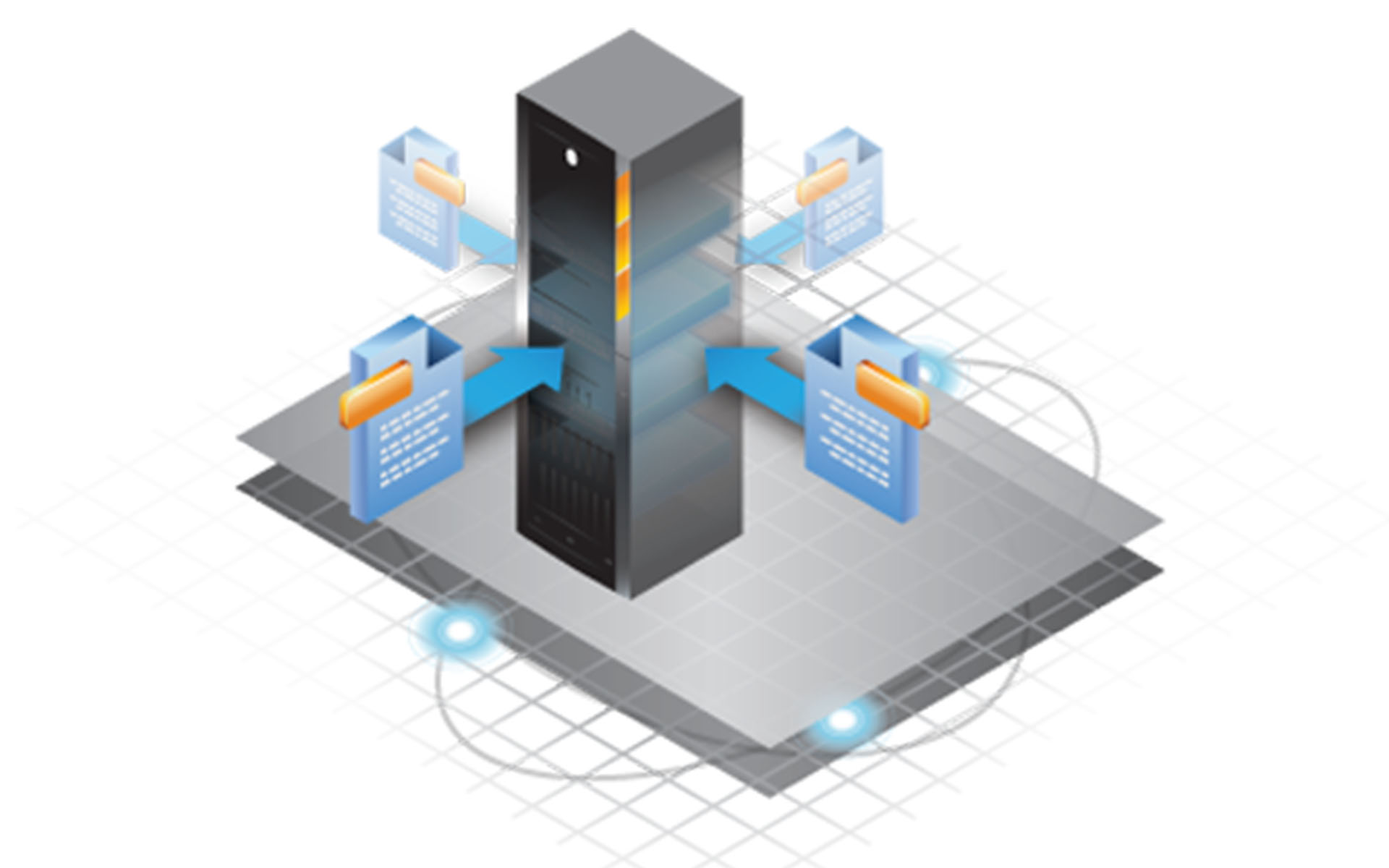
In computing, virtualization refers to the act of creating a virtual (rather than actual) version of something, including virtual computer hardware platforms, operating systems, storage devices, and computer network resources.
Software-defined storage is a marketing term for computer data storage software for policy-based provisioning and management of data storage independent of the underlying hardware.

SDS is a marketing term for computer data storage software for policy-based provisioning and management of data storage independent of the underlying hardware. Software-defined storage define to include a form of storage virtualization to separate the storage hardware from the software that manages the storage infrastructure. The software enabling a software-defined storage environment may also provide policy management for feature options such as duplication, replication, thin provisioning, snapshots and backup. We integrate your SDS on DELL EMC, Dell Nexenta Software Defined Storages, Dell XC Series powered by Nutanix, VxRack Node, Virtual San Ready Nodes, VxRail, Lenovo/ IBM Storages and HPE Storages with VMware Virtualisation and Open Source software..
A data center (or datacenter) is a facility composed of networked computers and storage that businesses or other organizations use to organize, process, store and disseminate large amounts of data. A business typically relies heavily upon the applications, services and data contained within a data center, making it a focal point and critical asset for everyday operations.
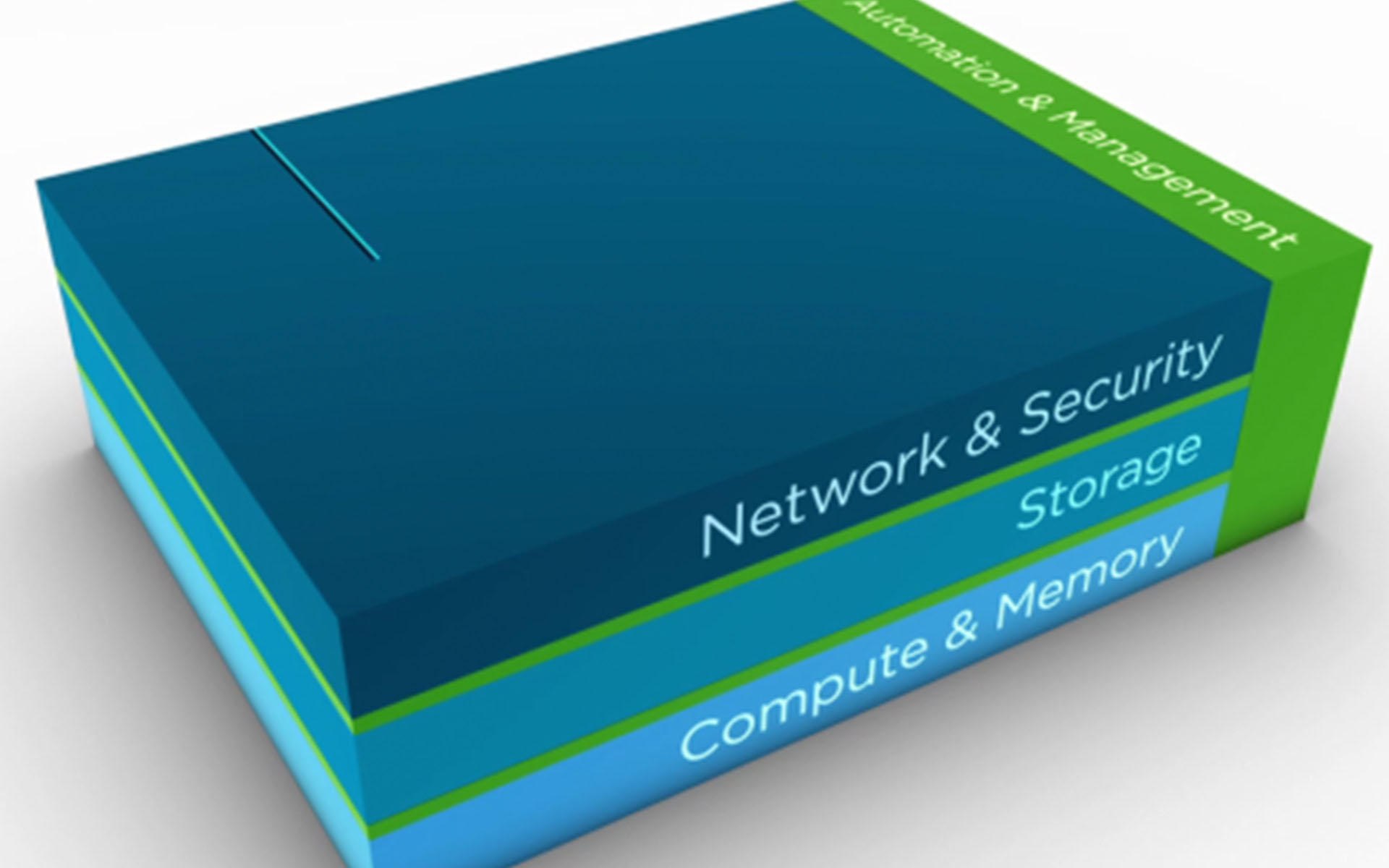
SDDC is a facility composed of networked computers and storage that businesses or other organizations use to organize, process, store and disseminate large amounts of data. A business typically relies heavily upon the applications, services and data contained within a data centre, making it a focal point and critical asset for everyday operations. SDDC is the phrase used to refer to a data centre where all infrastructures are virtualized and delivered as a service. Control of the data centre is fully automated by software, to hardware configuration - is maintained through intelligent software systems. The software-defined data centre encompasses a variety of concepts and data-centre infrastructure components, with each component potentially provisioned, operated, and managed through an Application Programming Interface (API). Core architectural components that comprise the software-defined data centre include the following: Computer virtualization - a software implementation of a computer. Software-defined Networking (SDN)–which includes storage virtualization, suggests a service interface to provision capacity and SLAs (Service Level Agreements) for storage, including performance and durability. Management and automation software holds an administrator to provision, control, and manage all software-defined data-centre components.
Accessory power products in general at Inter power include: accessory power strips, power distribution units, jumper cord sets, accessory power outlets...and more

Uninterruptible Power Supply (UPS)
Power protection and management solutions from SME to data centre to industrial environments. Netsavvy offers a range of UPS to organisation.
•Computer and Peripheral
•Network and Server
•Data Center and Facility Multi Phase UPS
•UPS Management
•Surge Protection Devices
Our strategic partnership with Microsoft enables us to serve our customers in all their software needs. It is illustrative and not exhaustive.
•Lync
•Office 365
•Windows Operating Systems
•Academic Licenses for Educational Institutions
•Windows Server and Storage Operating Systems
•Microsoft Power BI
•SharePoint Integration

VMware As an Enterprise partner of VMware our capability in supply and implementation of VMware range of OS and Virtualisation software is enormous. .
•Desktop and Application Virtualization
•Enterprise Mobility Management
•Data Center & Cloud Infrastructure
•Networking & Security
•Storage & Availability
•Cloud Management Platform
•SDDC Platform
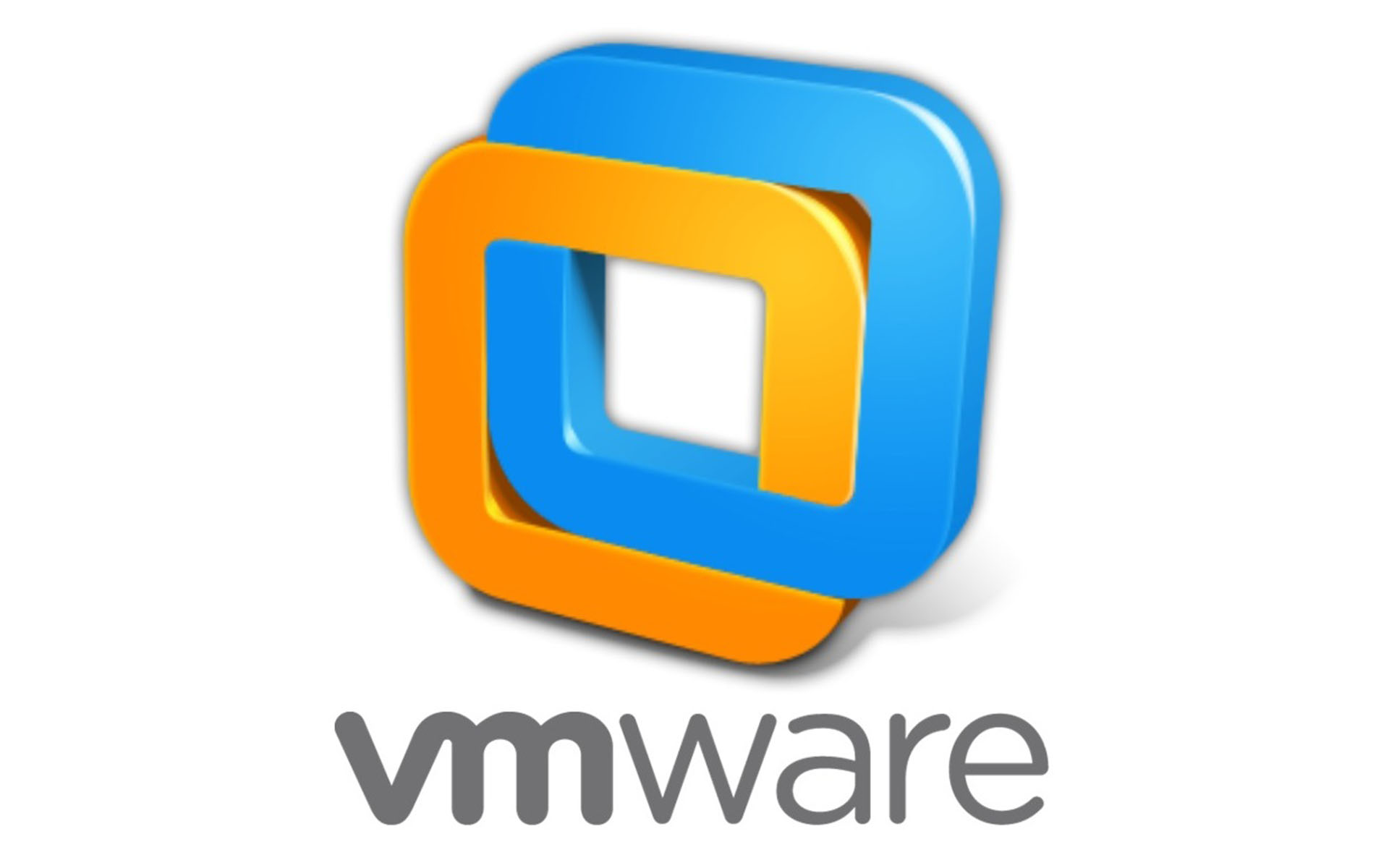
SAP HANA is deployable on premises or in the cloud, SAP HANA is the in-memory computing platform that lets you accelerate business processes, deliver more business intelligence, and simplify your IT environment. By providing the foundation for all your data needs, SAP HANA removes the burden of maintaining separate legacy systems and data silo, so you can run live and make better business decisions.
•Enterprise Management
•Customer Relationship Management
•Supplier Relationship Management
•Analytics
•Content and Collaboration
•Data Management

Software designed to duplicate data in the event of a hard drive failure, user error, disaster or accident. Software applications can handle the process of backing up and restoring files, folders, databases, hard drives, or entire network servers are also sometimes referred to as disaster recovery tools. We consider our customers long time data value and out of the interest in keeping our customers business continuity in mind we have lined up with industry’s leading Backup software companies with wide range of Backup solutions .

Considering the rising rate of security breaches in the IT Network, we offer wide range of security software from our system that we have partnered with the industry’s leading security software principals.
•Content security
•INSIDER THREAT DATA PROTECTION
•CLOUD SECURITY
•NETWORK SECURITY
•ADVANCED ANALYTICs
•WEB FILTERINGQuick Heal
•McAfee

Business intelligence software is a type of application software designed to retrieve, analyze, report data for business intelligence. The applications generally read data that have been previously stored, often, though not necessarily, in a data warehouse or data mart.
•Microsoft Power BI
•Qlik- QlikView Guided Analytics
•Quest Statistical

Oracle Database Solutions An Oracle database is a collection of data treated as a unit. The purpose of database is to store and retrieve related information. A database server is the key to solving the problems of information management. In general, a server reliably manages large amount of data in a multiuser environment so that many users can concurrently access the same data. All this is accomplished while delivering desired performance. A database server also prevents unauthorized access and provides efficient solutions for failure recovery. Oracle Database is the first database designed for enterprise grid computing, the most flexible and cost effective way to manage information and applications. Enterprise grid computing creates large pools of industry-standard, modular storage and servers. With this architecture, each new system can be rapidly provisioned from the pool of components. There is no need for peak workloads, because capacity can be easily added or reallocated from the resource pools as and when needed.

•Big Data
•Consolidation
•Database as a Service–Private Cloud
•Database as a Service–Public Cloud
•Database Security
•Database Management
•Data Warehousing
•Engineered Systems
•High Availability
•Migrate to the Cloud
•Storage Management
Netsavvy builds your Networking with the world’s largest and leading brands to get the most reliable on campus networking solutions.
Software-Defined Networking (SDN) technology is an approach to cloud computing that facilitates network management and enables programmatically efficient network configuration in order to improve network performance and monitoring.
In computing, a firewall is a network security system that monitors and controls incoming and outgoing network traffic based on predetermined security rules. A firewall typically establishes a barrier between a trusted internal network and un trusted external network.

To add security in network Firewall, UTM plays vital roles in security system that monitors and controls the incoming and outgoing network traffic or packets based on predetermined security rules.
•QuickHeal
•Forcepoint Stonesoft
•Cyberoam
•Check Point
•Juniper
•SonicWall
•Fortinet
An Internet Protocol camera, or IP camera, is a type of digital video camera commonly employed for surveillance, and which, unlike analogue closed-circuit television cameras, can send and receive data via a computer network and the Internet.

Integrated BMS is the key to ‘intelligent buildings’, equipped with a variety of monitoring devices and control systems, both automated and manned. Together they help regulate a huge array of building services and utilities. Advantages of IBMS caters to both small and large installations, ranging from 50 to 100,000 analogue and digital points Building Management Systems provide integrated building management technology, and remote management of 1 to 1000 buildings Energy data evaluation management station.
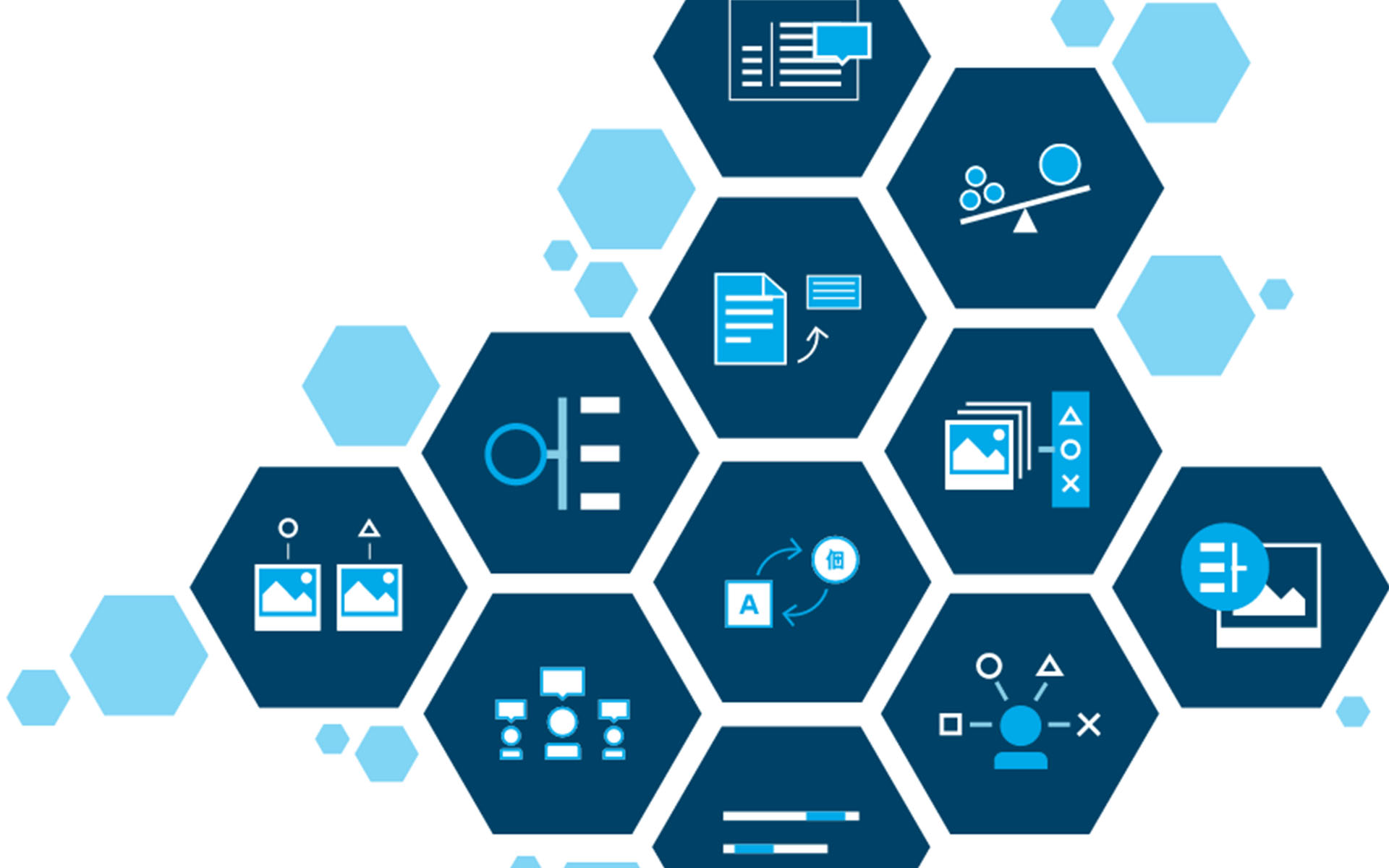
IT Asset Management (ITAM) is the set of business practices that join financial, contractual and inventory functions to support life cycle management and strategic decision making for the IT environment. Assets include all elements of software and hardware that are found in the business environment. Hardware Asset Management entails the management of the physical components of computers and computer networks, from acquisition to disposal. Common business practices include request and approval process, procurement management, life cycle management, redeployment and disposal management. A key component is capturing the financial information about the hardware life cycle which aids the organization in making business decisions based on meaningful and measurable financial objectives.
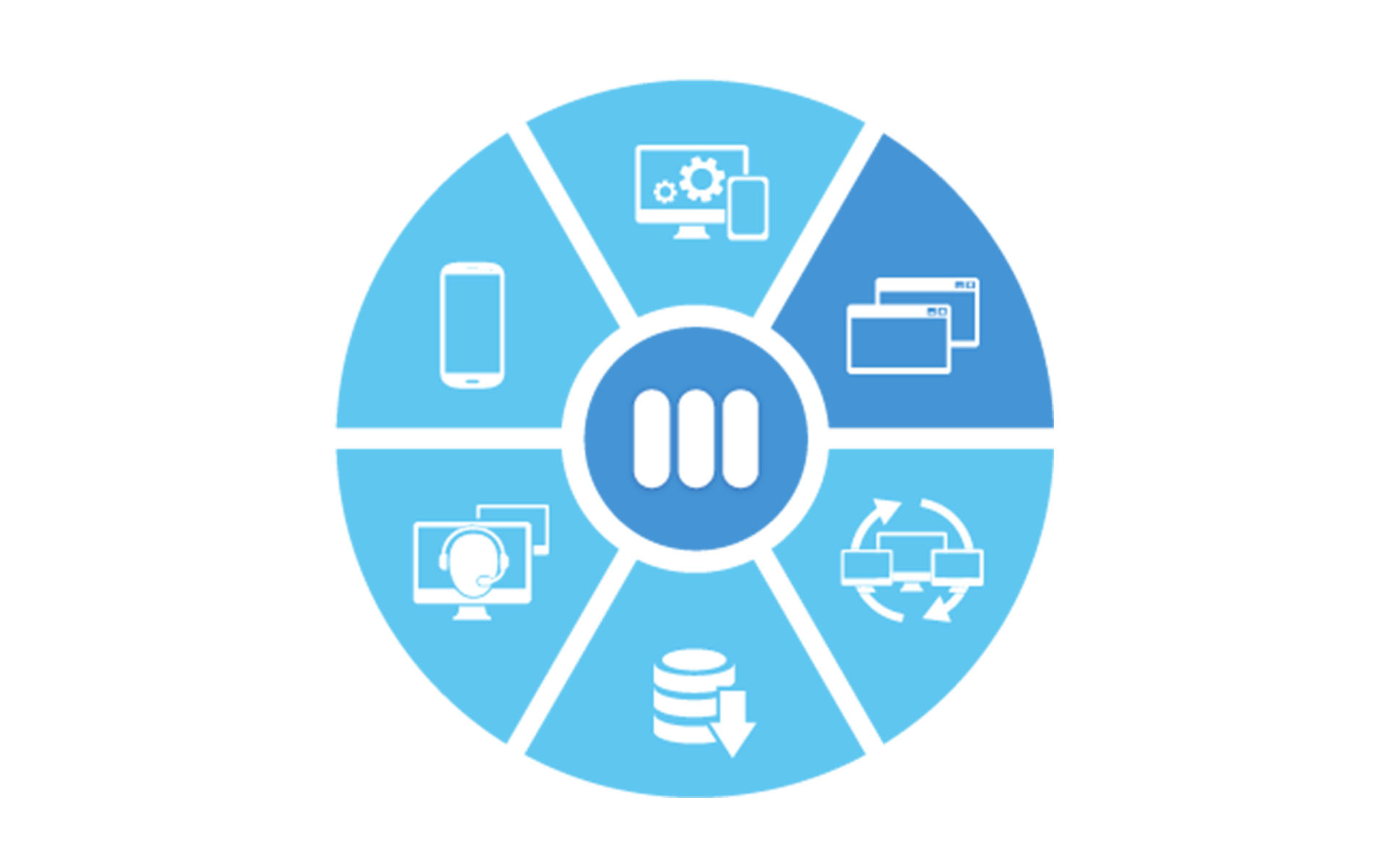
Asset tracking refers to the method of tracking physical assets, either by scanning barcode labels attached to the assets or by using tags using GPS, BLE or RFID which broadcast their location.
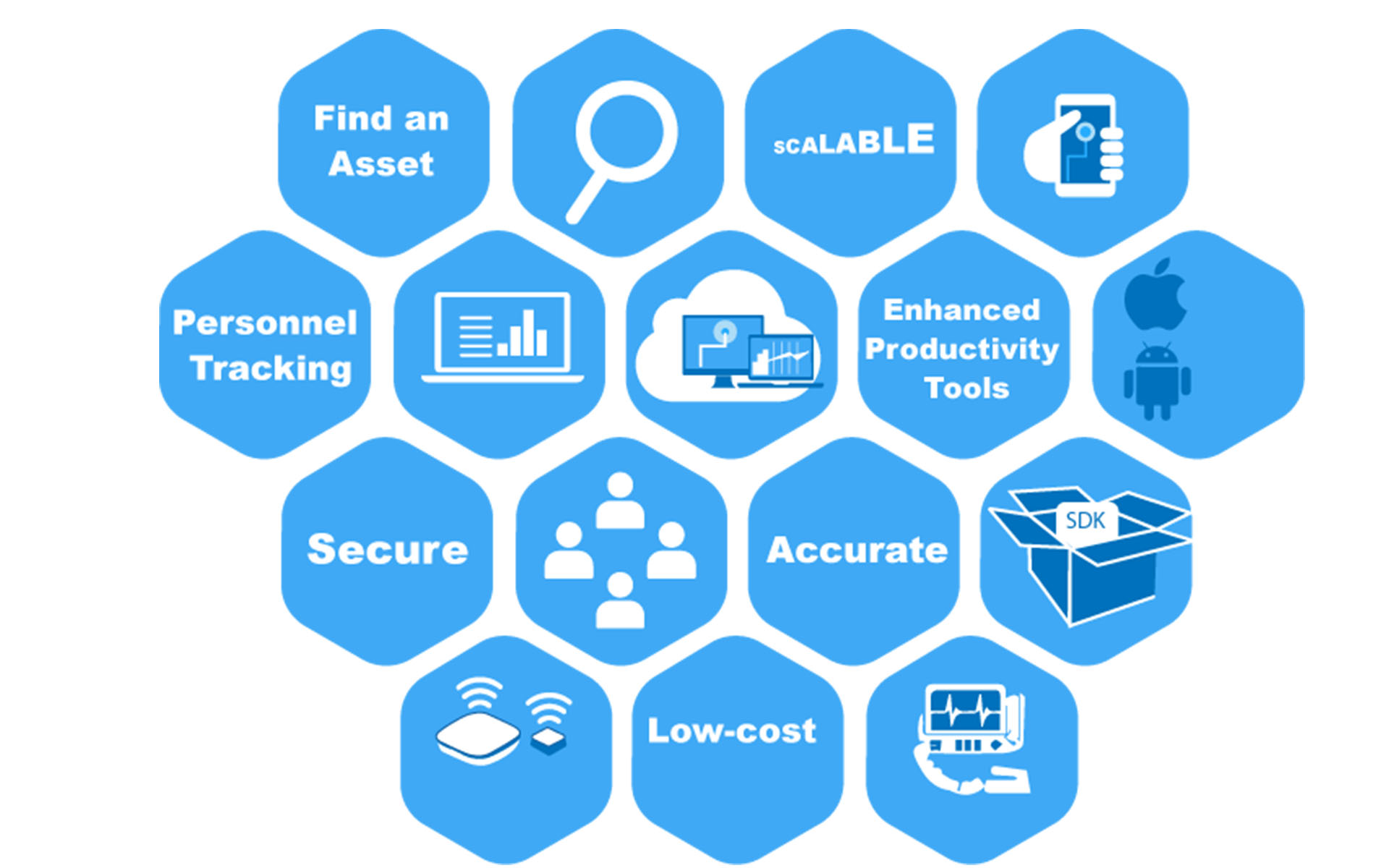
Thin and Zero clients, also known as ultrathin clients, are a server-based computing model in which the end user’s computing device has no local storage. A zero client can be differentiated with a thin client, which retains the operating system and each device’s specific configuration settings in flash memory.
Advantages of Thin or Zero Clients
•Secure Computing
•nageability
•High Performance
•Total Cost Of Ownership (TCO)
Experience the ISV-Certified fixed and mobile workstations that are built for top performance from advanced analysis to engineering, scientific and building design. Workstations are built for top performance from advanced analysis to engineering, animation, product and building designs.
 Mobile Workstations
Mobile Workstations
•On-the-go performance laptop Workstations
•Available from 39.6cm (15.6) and 43.9cm (17.3) screen sizes
•Engineering solutions
•Design & animated 2D/3D
•Integrated docking
•ISV-certified reliability
Rugged Mobile Workstations
•Built for real-world performance and security in the harshest of environments which suits for any whether conditions.
•Meets rigorous Military-Standard requirements (MIL-STD).
•Made with shock-absorbent materials
•Compression-sealed from sand, dust and liquids
•Integrated docking
Tower or Fixed Workstations
•Entry to premium level models
•Engineering solutions
•ISV-certified reliability
•Design & animated 2D/3D
•Multi display connectivity
•Industry Specific Configuration with GPU customisation.
Rack Workstation
•Peak performance and scalability.
•New generation Dual-Socket performance Processors.
•Powerful graphics and memory
•ISV-certified reliability
•Tesla High-performance storage and GRID cards for GPU
•GPU Virtualisation for ANSYS and other core application environments
Best-in-class business performance Laptops enabling mobile workforce with high data security, reliability and durability to increase their productivity.

Business Laptops
Best-in-class business performance
•Scalable and durable design.
•IT-friendly management solutions
•Onsite Warranty with Accidental Damage Protection
•Extended Battery Warranty Services
Rugged Laptops or Mobile Workstations
•Built for real-world performance and security in the harshest of environments which suits for any whether conditions.
•Meets rigorous Military-Standard requirements (MIL-STD).
•Made with shock-absorbent materials
•Compression-sealed from sand, dust and liquids.
An Internet Protocol camera, or IP camera, is a type of digital video camera commonly employed for surveillance, and which, unlike analogue closed-circuit television cameras, can send and receive data via a computer network and the Internet.

Productivity increment happens while the users are enabled with required accessories to support their functionalities. Netsavvy provides essential accessories to the computing devices with high quality.
•Docking Stations (Legacy and USB)
•Bluetooth Mouse and Keyboard
•Monitors
•Monitor Stands with multiple axles
•Laptop Batteries and other Accessories
•Privacy Filter Screens for Laptops and Desktops

An efficient, agile and cost-effective technology infrastructure can be the differentiator for businesses to refocus on their core services and products. IT and Infrastructure Management Service has undergone a significant change, helping deliver business value, improved efficiencies and variabilization of costs. Netsavvy’s Infrastructure Management Service optimizes end-to-end management of enterprise IT infrastructure across Data Centres, Networks, Mainframes, Building Automation and End User Computing.
•Data Center Management
•Network Management.
•Remote Desktop Services
•Building Automation (IBMS).
•Client Management and Services.
•Facility Maintenance & Management Services (FMS).
•Cloud Services Management (On Campus, Off Campus).
Data migration may impact business operations when it creates extended downtime, compatibility and performance issues. Netsavvy enables the organizations to use various tact to minimize such impacts, including effective planning, technology, implementation and validation. Automated data migration minimizes human intervention and application downtime thereby enhances migration speed. Migration documentation facilitates tracking and reduces future migration costs and risks.
•Server or storage equipment replacements or upgrades
•Website consolidation.
•php migration
•Server maintenance.
•Data center relocation.
Organizations typically face numerous challenges during operating system upgrades. Without careful planning and preparation, this is likely to lead to high costs, lost time, and lower quality to both end users and IT staff. In most cases, hardware or operating system migration projects are planned case by case and are always customer-specific, although the process, challenges, and requirements are always the same. In the worst case scenario, a local IT service provider performs the operating system upgrades manually and handles any challenges only as they appear; for example, spending several hours backing up and restoring user data, installing user-specific software, and searching for what software and license keys are associated with each user.
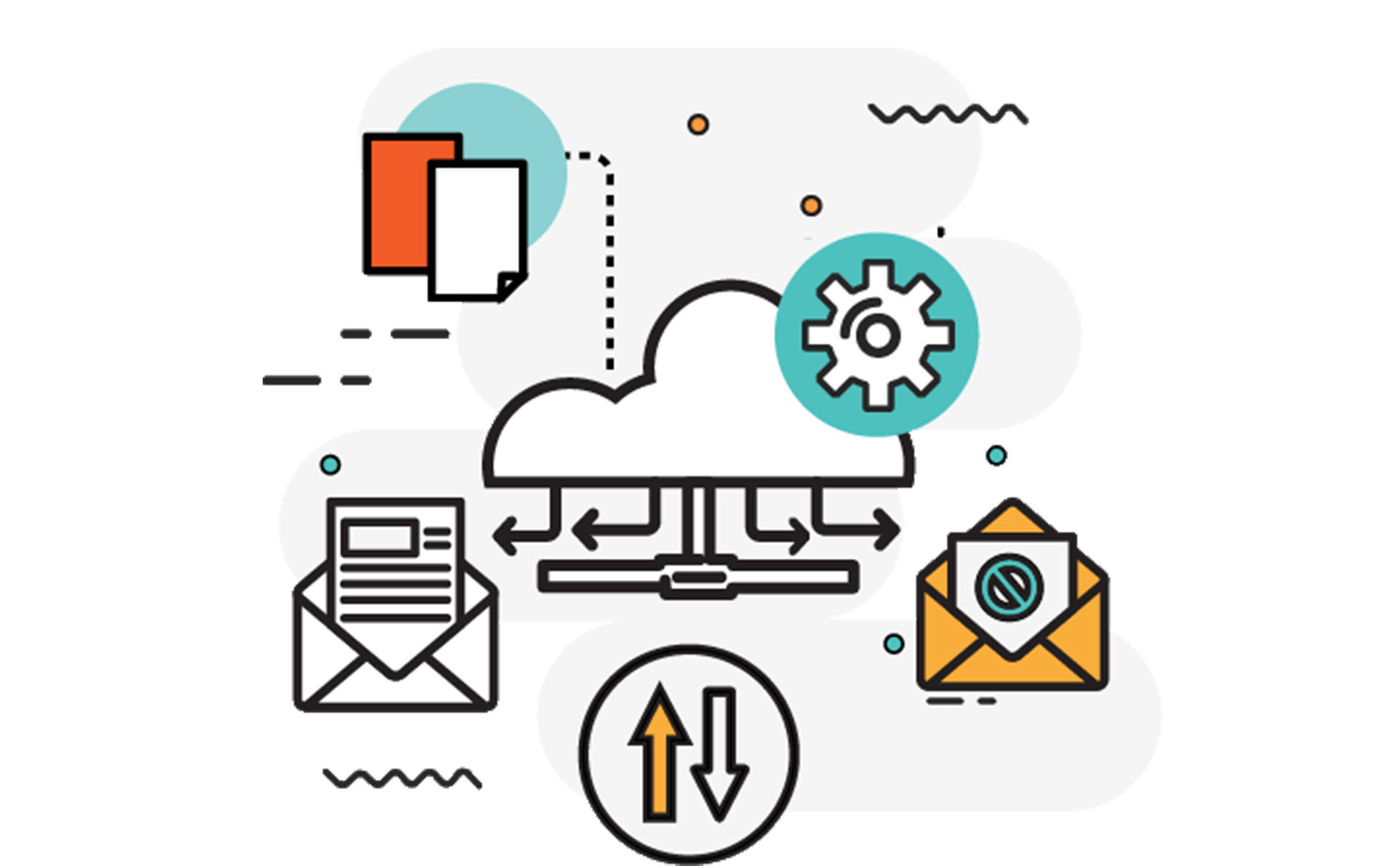
Facility management is a professional management discipline focused upon the efficient and effective delivery of support services for the organizations that it serves.

Getting services after warranty period from many OEMs are costlier, therefore Netsavvy’s AMC service will offer organisations affordable Annual Maintenance Contract (AMC) for their IT infrastructure irrespective of the makers of computing devices that are installed
•Desktop
•Laptops.
•Servers
•Storages.
•Networking Devices.
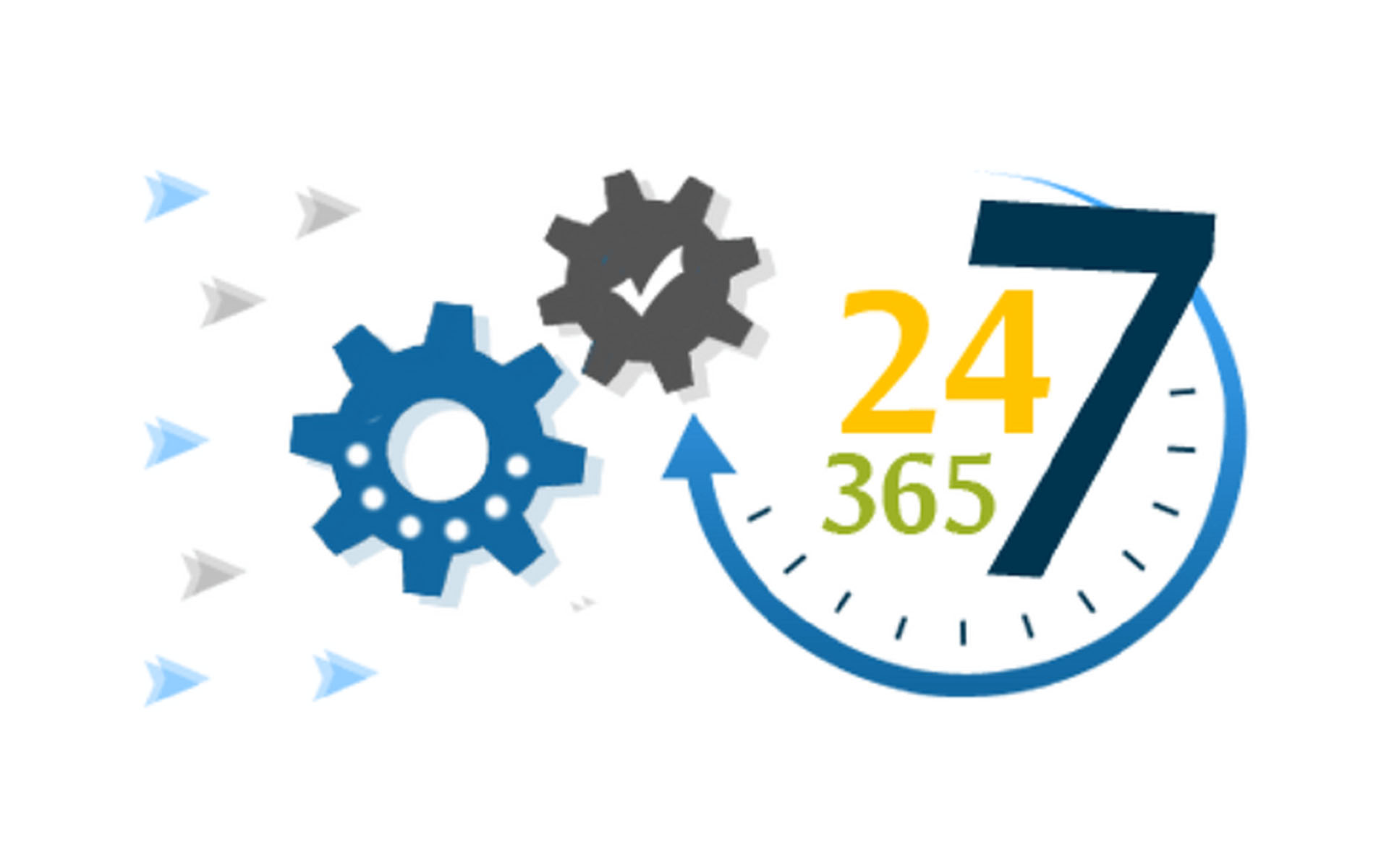
The term break-fix refers to the fee-for-service method of providing information technology services to business. By using this method, an IT solution provider performs services as necessary and bills the customer only for the work done.

A lease agreement or a rental agreement is a key legal document that should be completed prior to a landlord renting property to a tenant. A lease agreement is a contract between a landlord and a tenant that covers the renting of property for long periods of time, usually a period of 11 months or more.
Organisations those who are looking at temporary working facilities can avail our Rental services where they can rent computing devices at affordable rates.
•Desktop
•Laptops.
•Servers
•Storages.
•Networking Devices.
•Gensets and UPS.